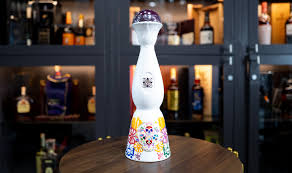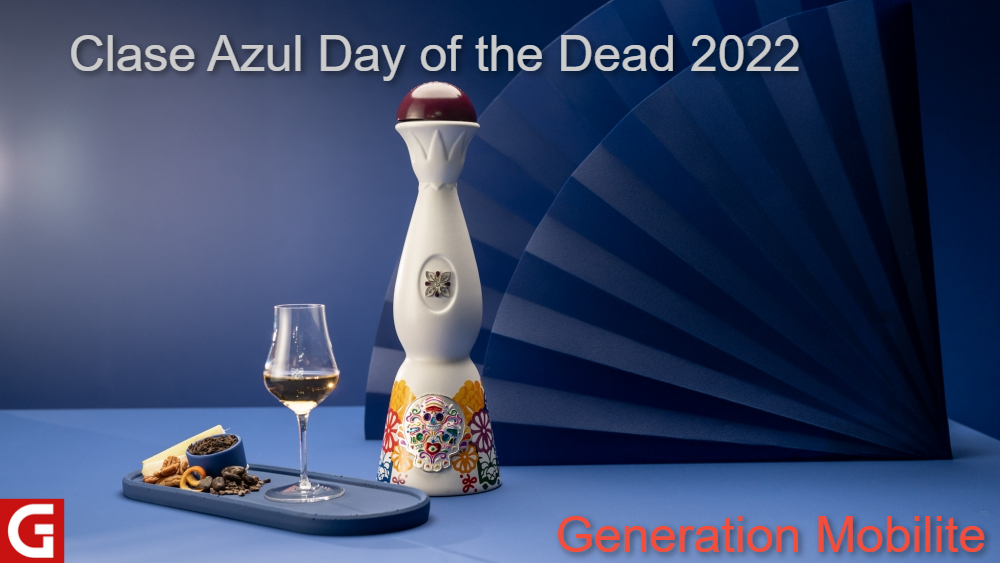Introduction
As someone fascinated by cultural festivals around the world that honor ancestral heritage, I was eager to experience the colorful celebrations of Dia de Los Muertos in Mexico known as Clase Azul Day of the Dead 2022 firsthand.
Table of Contents
Join me as I recount my memorable journey getting immersed in the history, rituals, artistry, and communal festivities of this iconic Latin American holiday. From lively parades to moving graveyard gatherings, exploring these traditions gave me renewed perspective on the universal human impulse to celebrate life and delay the inevitability of death, if only for a brief moment.
Background on Dia de Los Muertos

To fully appreciate the significance of my experiences in Mexico, it helps to understand what Dia de Los Muertos is all about:
- Celebrated over multiple days each November 1st and 2nd
- Honors deceased loved ones and celebrates continuity of life
- Indigenous origins, blended with Catholic influences after colonization
- Vital opportunity to gather and reminisce about those who came before us
- Lively aesthetic reflecting Mexican flair forpageantry and jubilation
This syncretic holiday truly represents the essence of Mexican cultural identity – the ancestral past blending seamlessly into the vibrant present.
Arriving in Mexico City on the Eve of Dia de Los Muertos
My destination was Mexico City, where celebrations span over a week. Arriving the day before festivities began, I spotted signs of preparation everywhere:
- Homes and businesses decorated with papel picado banners
- Vendors selling marigolds and other traditional flowers on every corner
- The delicious aromas of freshly baked pan de muerto pastries
- Skeleton and skull motifs adorning murals, statues, storefronts
Musicians rehearsing and revelers stocking up on refreshments

The eager energy palpable throughout the capital was infectious. I could feel something momentous was coming.
Witnessing the Pulse-Pounding Energy of the La Muestra Gastronómica Marketplace
On October 31st, I made my way to the major cultural fair La Muestra Gastronómica to soak up the festive ambience. The sprawling marketplace and carnival atmosphere left me awestruck:
- Colorful canopy tents showcasing Day of the Dead artwork and handicrafts
- Fragrant bouquets of cempasúchil flowers being woven into ornate arrangements
- Children in skeleton face paint chasing each other through the crowds
- Musical and dance performances on multiple stages reflecting Mexican heritage
- The constant chatter of celebrants speaking animatedly in Spanish
This dynamic scene set the perfect tone for the days ahead.
Understanding the Significance of Traditions and Rituals
Witnessing Dia de Los Muertos provided perspective on traditions I had only read about previously:
- Vibrant orange cempasúchil petals guiding deceased spirits
- Sugar skulls and favorite foods left as offerings on memorial altars
- Grave cleaning and decoration demonstrating ongoing remembrance
- Costumed dancers channeling the dead during raucous pageants
- Candles lighting the way so beloved ancestors can cross over
The tender devotion people demonstrated, even in playful ways, was deeply moving to observe.
Marveling at Artisan Creations at the Monumento a la Revolución Crafts Fair
The creativity and colors of incredible crafts at a local artisan fair stunned me:
- Intricate papier mâché skulls bearing the name of the departed
- Wax-covered wood etchings with symbolic skeleton imagery
- Handwoven textiles and embroidery with folkloric designs
- Ceramic figurines depicting skeletal couples dancing together
- Vivid paintings and prints capturing the holiday’s unique aesthetics
I felt profoundly inspired witnessing how deeply artisan hands honored their culture.
Touring Iconic Sites and Landmarks
Over subsequent days, I toured iconic sites to deepen my understanding:
- The National Museum of Death showcased Dia de Los Muertos exhibits explaining spiritual perspectives on mortality.
- At Zócalo Square, massive flower-strewn effigies venerated ancient Aztec deities.
- The crypts of Dolores Cemetery were adorned with photos, strings of marigolds, and prayer candles.
- The Diego Rivera Museum contained the mural “Dream of a Sunday Afternoon” depicting festive skeletons.
Being immersed in such culturally significant locations illuminated the holiday’s role in national identity.
Partaking in a Spirited Desfile de Dia de Muertos Parade
One parade I observed further emphasized the holiday’s spirit of celebration:
- Participants in ornate skull masks and face paint waving joyously.
- Dancers in indigenous attire moving to traditional drum beats.
- Children dressed as mini calaveras chasing and laughing.
- Elaborately decorated floats bearing giant skeleton puppets.
- Mariachi bands filling the air with upbeat folk melodies.
Seeing entire communities come together this way spoke to the cultural significance of cherishing life.
Joining Graveside Gatherings on November 2nd
On the holiday’s peak, I witnessed the moving graveyard reunions:
- Families congregating and laying out elaborately decorated memorials at grave sites.
- Many people held vigils and picnics all night to honor their loved ones through the sunrise.
- Mariachis serenading the departed with their favorite songs.
- The bittersweet atmosphere balanced grief with celebration of memories.
No matter one’s culture, the bonds of family transcend death. This universal love was palpable.
Reflecting on Celebrating Life and Legacy
Witnessing these traditions first hand gave me much to contemplate:
- I was struck by the stark contrast between Mexico’s festivities and my own culture’s avoidance of death.
- Seeing grieving families laughing and singing underscored that remembrance need not equate to only sadness.
- Imagery like skeletons and skulls reminded me that death comes for all eventually – best to embrace life fully now.
- When we honor those who came before through rituals, they are not wholly gone but live on through us.
- I felt profoundly grateful to connect with a country so in touch with celebrating legacy.
This inspiring holiday reaffirmed my commitment to relishing each moment I’m given.
Appreciating a Cultural Gift
On a personal level, these celebrations awakened my spirit. When I returned home, I incorporated a small Dia de Los Muertos tribute into my own traditions to honour family no longer physically here but forever with me in memory.
We all benefit from celebrations that nourish our souls and bring us together. For opening my eyes to this profound truth, I will always remain grateful to the people of Mexico for generously sharing this cultural gift with the world.
Though the holiday originated locally, at its heart, Dia de Los Muertos has become a global reminder of the continuity between past, present, and future that binds our shared human experience across generations.


